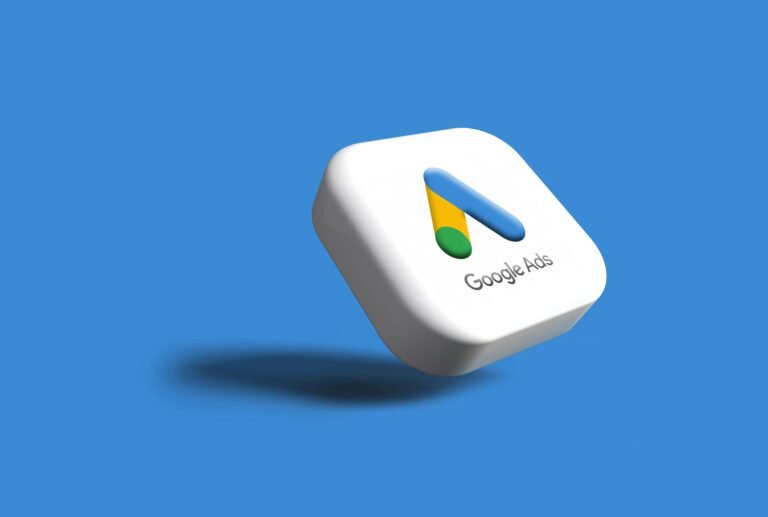Recruitment is no longer just about posting job ads and waiting for applications to roll in. You now need a strategy, a system that moves the right people through your recruitment pipeline smoothly and efficiently. That’s where a high-converting talent acquisition funnel comes in.
But what exactly is a talent acquisition funnel? And more importantly, how do you build one?
Let’s break it down step-by-step so you can create a recruitment funnel that not only attracts top talent but actually hires the people you need faster and smarter.
What Is a Talent Acquisition Funnel?
A talent funnel is the journey a candidate takes from first hearing about your company to accepting your job offer (and even beyond that).
Each stage of the funnel helps you move candidates closer to the point of hire, while filtering out those who aren’t a great fit. The better the funnel, the better your hires.
A solid talent funnel helps:
- Attract high-quality candidates by showcasing your employer brand
- Engage potential hires with relevant, personalized communication
- Nurture passive or top of the funnel talent until they’re ready to apply
- Convert interested candidates into applicants efficiently
Now let’s get into how you can actually build and optimize one.
1. Start With a Strong Employer Brand
Your funnel is only as strong as the brand that supports it. The first step is making sure people actually want to work for you. That comes down to your employer value proposition (EVP), the “why” behind someone choosing your company over another.
Ask yourself:
- Why do your employees stick around?
- What makes your company culture different?
- What growth opportunities, benefits, or values do you actually offer?
Communicate that clearly on your career site, job descriptions, social channels, and recruitment campaigns. Consistency here is key. A clear EVP sets expectations and builds trust from day one. To assist you with this step, check our article on how to build an EVP.
2. Map and Optimise Your Recruitment Pipeline
To build a high-converting talent acquisition funnel, you need more than just a list of recruitment stages, you need a well-oiled system that guides candidates from awareness to offer without friction.
Start by clearly mapping each stage of your pipeline:
- Awareness: Candidates first hear about your brand
- Interest: They start exploring your company or roles
- Consideration: They engage with specific opportunities
- Application: They submit an application
- Assessment: They go through screening or interviews
- Offer: They (hopefully) accept your job offer
But mapping isn’t enough, you need to optimise for movement.
Ask yourself at each stage:
- What’s the goal here?
- What does the candidate need to move forward?
- What might cause them to drop off or disengage?
Here’s how to turn your pipeline into a conversion engine:
Reduce Friction Between Stages
If moving from one stage to the next feels confusing, slow, or full of hoops, candidates will leave.
- Shorten response times: If it takes a week to hear back after an interview, expect disengagement.
- Automate touch points, but personalize the journey: Use automation for updates and reminders, but keep key moments (like interview prep or offers) human.
- Set clear expectations early: Tell candidates what the process looks like and how long it usually takes. Transparency builds trust.
Audit for Drop-Offs
Look at your funnel data to identify “leaks.” Common problem areas include:
- Lots of page visits but few applications → Could be unclear job descriptions, a clunky apply flow, or targeting the wrong/too broad pool of candidates in the first place
- Qualified candidates ghosting mid-process → Maybe the process is too long or communication is weak.
- Offers declined → It could be timing, salary misalignment, or a lack of perceived value.
Once you spot a leak, fix the experience before you blame the candidate.
Optimize the Hand-Offs
Each transition, especially from one person, channel or tool to another, is a moment where things can break.
- Align your recruiters, hiring managers, and coordinators on timing, messaging, and expectations.
- Use a centralized ATS or CRM to keep everything (and everyone) in sync.
- Make feedback loops fast and actionable: even a quick “we’re still reviewing” keeps candidates warm.
Make It Feel Seamless (Even When It’s Not)
Internally, your process might be messy. But from the candidate’s perspective, it should feel smooth and cohesive.
- Use branded messaging templates to keep tone and clarity consistent.
- Create a “candidate journey map” from their point of view to spot pain points you may be blind to.
- Add surprise-and-delight moments: A personalized thank-you email, a friendly recruiter check-in, or even a video intro to their future team.
- Test your process as if you were a candidate.
The goal? A pipeline where candidates never wonder “What’s next?” or feel like they’ve fallen into a black hole.
Because when your process flows well, your funnel converts.
3. Attract With Smart Recruitment Marketing
You wouldn’t buy a product you’d never heard of. Why would candidates apply to a company they don’t know exists?
Recruitment marketing is how you generate awareness and drive interest. That means using channels like:
- Social Media: Show off your culture, values, and team stories
- Employee Testimonials: Real voices make your message more credible on your career page and across all your channels
- Content Marketing: Blogs, videos, or podcasts that highlight your workplace
- Email Campaigns: Nurture talent with ongoing, value-driven emails
- Programmatic Job Ads: Automatically target the right audience using data
- Performance Marketing: Promotes you company through paid channels
Some of the most successful companies today are investing in recruitment marketing just like they would in customer acquisition. It works because it builds long-term candidate relationships.
4. Make Applying Easy and Human
This might seem obvious, but you’d be surprised how many companies lose great candidates because of clunky application processes.
Keep things simple.
- Shorten your application forms: Ask only what you need for a first impression
- Optimize your career site: Mobile-friendly, fast, and easy to navigate
- Add a human touch: Automated emails are fine, but personalize where you can
And don’t forget: let people know what to expect after they hit “submit.” Candidates crave clarity.
5. Nurture Passive Talent
Not every qualified candidate is actively job hunting. In fact, many of the best people already have jobs, they’re just waiting for the right opportunity.
You can build relationships over time by:
- Inviting them to join your talent community
- Sending occasional updates or job alerts
- Sharing relevant content, like industry insights or culture videos
6. Use Data to Optimize Everything
A high-converting talent funnel doesn’t stay static. It’s something you constantly test and tweak using real data.
Some useful metrics to track include:
- Visit-to-apply rate (how many people who visit your job page actually apply)
- Time-to-hire (how long it takes to fill a role)
- Source of hire (which channels bring in the best candidates)
- Candidate satisfaction score (how people rate their recruitment experience)
- Drop-off rate (how many people start your application process but don’t complete it)
Use tools like your ATS (Applicant Tracking System), recruitment analytics platforms, and feedback surveys to gather insights. Then make the changes that actually move the needle.
7. Keep It Personal from First Touch to Final Offer
People want to feel seen, especially during hiring. Yet far too many funnels feel cold and robotic.
This is your edge. Adding personality and empathy into your recruitment marketing improves conversion at every stage.
Here’s how:
- Use real names in emails (nobody likes “Dear Candidate”)
- Highlight your team (showcase hiring managers in videos or Q&A content)
- Answer FAQs clearly on your careers page
- Close the loop – Always update candidates, even if it’s a ‘no’. And if ou can’t respond to everyone personally, make it clear upfront.
Remember, every interaction is a reflection of your employer brand. People don’t forget how you made them feel, especially in something as personal as job hunting.
Final Thoughts
A high-converting talent funnel is more than smart technology or sleek branding. It’s about moving the right people through your recruitment pipeline in a way that feels personal, relevant, and rewarding for them, and for you.
You don’t need to overhaul everything overnight. Start at the top of the funnel and work your way down. Identify where candidates are dropping off, and fix those leaks first.
The results? Better hires. Faster timelines. Lower costs. And hopefully, happier teams all around.
So if you’re serious about building a stronger recruitment engine for your business, start with your talent funnel. You’ll be amazed at what a few smart tweaks can do.
For more information about recruitment marketing, visit the Recruitment Marketing category page.
Want help building a strong talent acquisition funnel? Let’s talk.







